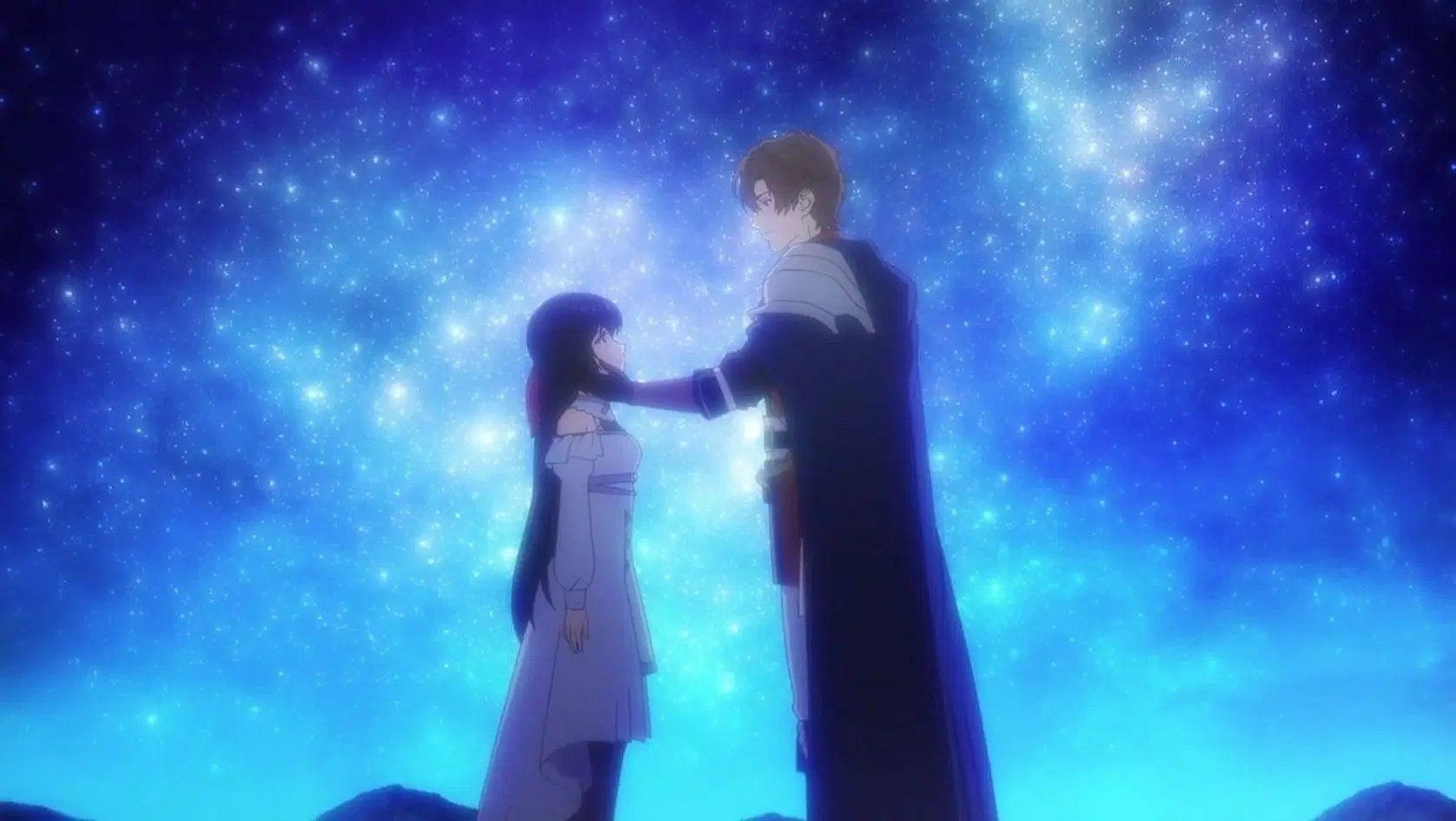
"What is this magic of animation" — Unnamed Memory director Kazuya Miura explains his creative process in the changing world of animation (Exclusive)
Unnamed Memory director Kazuya Miura took a bit off his schedule to talk with Sportskeeda regarding the second season of this ENGI Studio production and some of the behind-the-scenes elements of this project. Furthermore, the notorious director, known for working on episodes of hit series such as Slam Dunk, Fullmetal Alchemist, D-Gray Man, Hajime No Ippo, and many more, shared some details regarding his creative process.
Kazuya Miura also spoke about the challenges and aspects of adapting a light novel series in anime format, which is the case with Unnamed Memory, and the value of a manga adaptation in a project of this ilk. Miura also provided some interesting anecdotes regarding the finale of the second season and even the various interpretations of the staff involving certain characters, such as Oscar.
Disclaimer: This article contains spoilers for the series.
Discussing animation with Unnamed Memory director Kazuya Miura
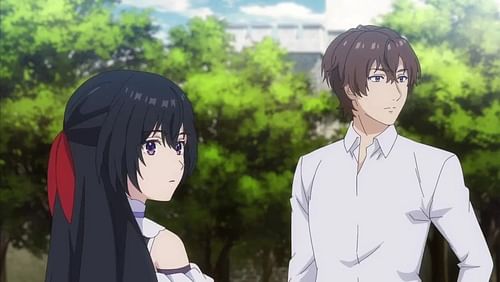
Unnamed Memory is a fantasy anime that tells the story of Oscar, a prince who is cursed and cannot birth a child because of it. He finds a witch named Tinasha who may heal him, and they end up falling in love, but their union leads to forces outside their control wanting to influence events, leading to manipulations in the timeline.
These events, which are quite prevalent in the second season, highlight the different eras that are affected by their manipulation of time. This is something that director Kazuya Miura understood when adapting this light novel series by author Kuji Furumiya, especially regarding potential changes between the two installments and whether he used the manga adaptation as a reference.
“There were no intentional changes. Although there was a gap between the broadcast periods, production work for all 24 episodes of Season 1 and Season 2 was carried out continuously.”
Mr. Miura continued,
“Since the novel came first, followed by the manga adaptation, my approach is generally to use the original novel as the foundation. However, before starting production, I always confirm with the publisher—in this case, KADOKAWA—whether we should treat only the novel as the source material or if the manga adaptation should be considered as well.”
Speaking about the manga adaptation of Unnamed Memory, written by Furumiya, illustrated by Naoki Koshimizu, and published at Dengeki Daioh, Mr. Miura further added,
“I personally prefer not to be overly influenced by the manga, so I only glance at it lightly. When necessary, I consult with the publisher in advance about referring to it. Regarding the source material illustrations, I wanted to respect them as much as possible while also allowing the character designer’s individuality to shine. My goal was to create a blend of both, capturing the best of the original and the anime’s design. Fortunately, our character designer, Chika Noumi, has an incredible sense of style, so even without specific instructions, she always delivered impressive designs. For backgrounds and color design, we often referred directly to the original illustrations, discussing whether we could incorporate specific colors or artistic styles into the anime.”
The seasoned director, whose debut in anime was in 1991 with Studio Sunrise's Taiyō no Yūsha Fighbird in episodes 2 and 6, also took the time to explain the difference between adapting a manga and a light novel in anime format and how that influenced Unnamed Memory:
“Yes, I believe so (that there are differences). While the process of digesting the original work and translating it into visuals remains the same, the key considerations differ. With a novel, you need a strong sense of imagination to turn text into visuals. Written words have their own unique charm, and novels utilize this strength. So, when adapting a novel into anime, we must consider how to convert expressions that are uniquely effective in text into visual storytelling. This requires a lot of thought and experimentation.”
When discussing how to adapt manga, he added,
“On the other hand, when adapting a manga, the existing panels can greatly influence the visualization—for better or worse. When working on an anime adaptation of a manga, I first absorb the content, then decide whether or not to use the original panel compositions. Some creators treat manga panels as a kind of pre-visualization, and I think this choice affects how they approach the adaptation. This difference in approach applies not only to anime but also to live-action adaptations of novels and manga.”
Regarding the vivid action sequences of this second Unnamed Memory season, Mr. Miura said,
"When reading the original novel, I got the impression that witches in this world were quite different from the typical RPG-style witches. So, I consulted with the author, Kuji Furumiya, to better understand the role and meaning of witches and swordsmen within the story’s universe."
"I also learned that the magic in this world doesn’t follow conventional elemental attributes like fire or water. Therefore, I envisioned magic as a fundamental force that generates phenomena itself. This led me to take a more free-form approach to its visual representation, which I found quite exciting."
"As a result, some characters—especially witches—battle without being constrained by factors like air pressure, temperature, or gravity. I encouraged the animators to depict these scenes with a sense of freedom. Of course, Oscar is not part of that group—he may be superhuman, but he is still human.”
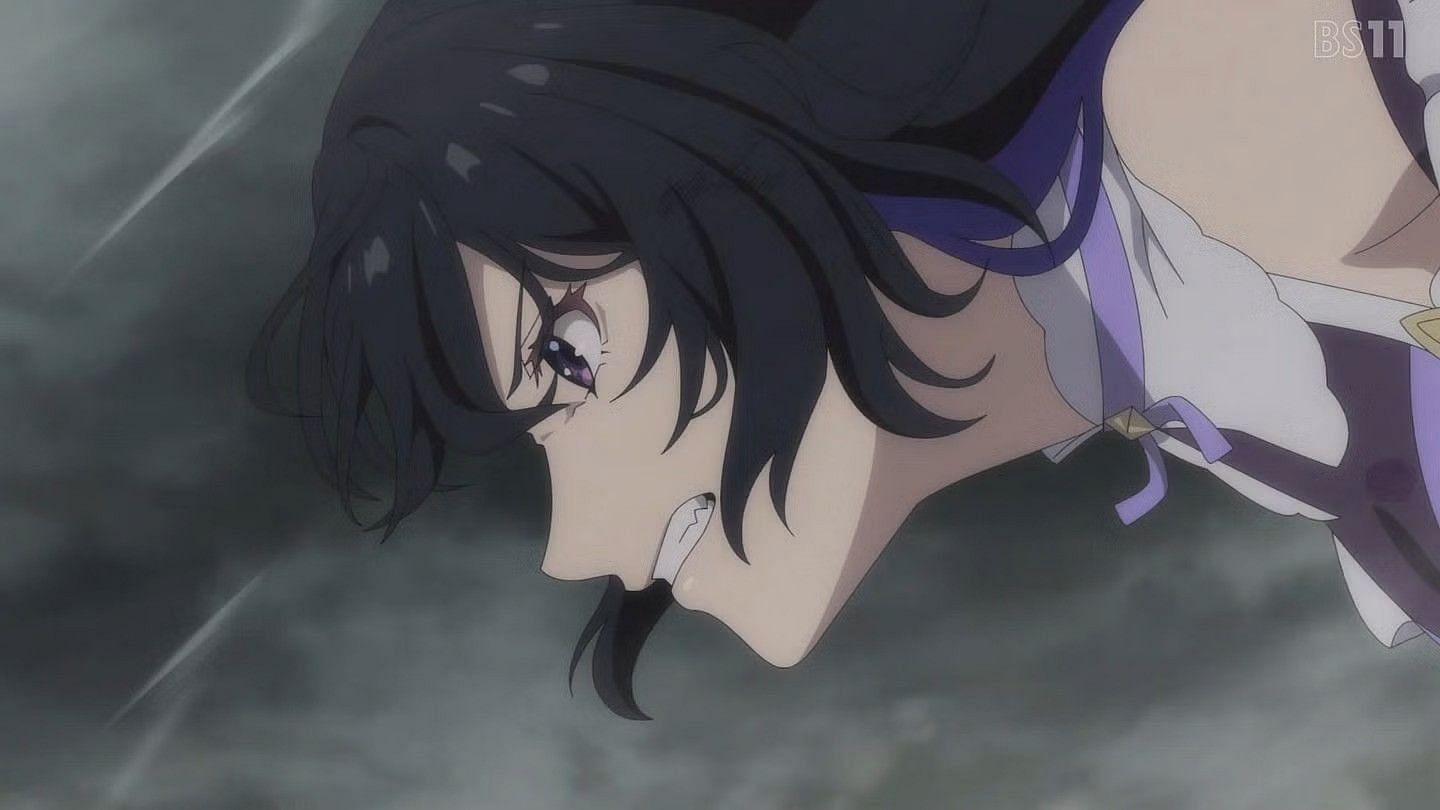
Whether it's a legendary spokon series such as Slam Dunk, fantasy such as Unnamed Memory, or classic battle shonen such as Fullmetal Alchemist and D-Gray Man, Mr. Miura has shown time and time again his willingness to experiment with different genres of the anime medium, which is something he highlights regarding the challenges of working with different types of stories:
“Even if the genre differs, my fundamental approach remains the same. I’ve always been an anime fan myself, watching and enjoying a wide variety of series. When working on a production, I often recall past experiences, thinking, “Ah, this feels like that work,” or “Let’s try something similar to that scene.” I draw upon the impressions and memories I’ve accumulated over the years. The difference lies in which “drawer of memories” I pull from, depending on the genre. Just as Akira Kurosawa was influenced by John Ford, and John Sturges was inspired by Kurosawa, or how J.R.R. Tolkien and C.S. Lewis drew from George MacDonald’s works, I believe all creators build upon what came before them."
Focusing on the changes of the animation medium throughout the years, the Unnamed Memory director mentioned the following:
“Hmm… I’d say the biggest change has been digitalization. Cel animation has disappeared, and digital coloring and Photoshop have taken its place. The camera stands that were used for shooting cel animation are gone, and so is film itself. Even I have transitioned to digital for line art recently, though traditional hand-drawn animation on paper is still more common.”
He continued:
“The advantages of digital production are convenience and stability—it minimizes inconsistencies and breakdowns. However, at the same time, it has led to a sense of uniformity. Despite the fact that creators are exploring various forms of artistic expression, there’s still a feeling that everything gets confined within the “digital framework.” I feel the same applies to VFX in live-action films. Digitalization has undoubtedly expanded the range of visual expression, yet paradoxically, it also seems to impose certain limitations. It’s quite an interesting phenomenon.”

He further added,
"Another simple change is how anime is perceived. When I was a student, watching anime often got you labeled as an otaku or an oddball. But now, it’s become much more mainstream. It’s a great time to be an anime fan, haha. (How is it overseas?) That said, I don’t think the passion of those who watch anime and those who create it has changed much over the years. There’s something about animation that continues to captivate people. What is this magic of animation that continues to captivate people?"
Returning the focus to Unnamed Memory, the director mentioned some of the differences regarding his mindset heading into the second season when compared to the first one, especially regarding the relationship between Oscar and Tinasha.
“Oscar and Tinasha’s emotions weren’t something I deliberately focused on. They were something I couldn’t ignore. Regardless of whether they ultimately end up together, their misunderstandings and conflicts, which arise precisely because of the events in Season 1, had to be depicted. Otherwise, the meaning of what we established in the first season would be lost.”
Miura also took the opportunity to highlight how both seasons of Unnamed Memory were done, for the most part, uninterrupted. This highlights the consistent nature of both installments as they flow quite naturally from one to the other, especially regarding how this fits with the time theme of the series.
As mentioned earlier, production for both season 1 and season 2 was carried out continuously, so there weren’t any major changes, nor did we plan to make any.
"As you know, Season 2 follows a different historical trajectory from Season 1. The only modifications we made were minor design changes, such as adjusting costumes to align with this alternate history, just as seen in the original illustrations. Additionally, in this version of history, some nations that didn’t exist before have flourished, leading to some shifts in the story. Our approach was simply to prepare the necessary elements to reflect these changes."
"That said, even with such a drastically altered history, Oscar still ends up being born, and the story still unfolds in an eerily similar way. If you’re wondering how that makes sense—well, as Fredric Brown wrote in “What Mad Universe,” sometimes, things just turn out that way!"
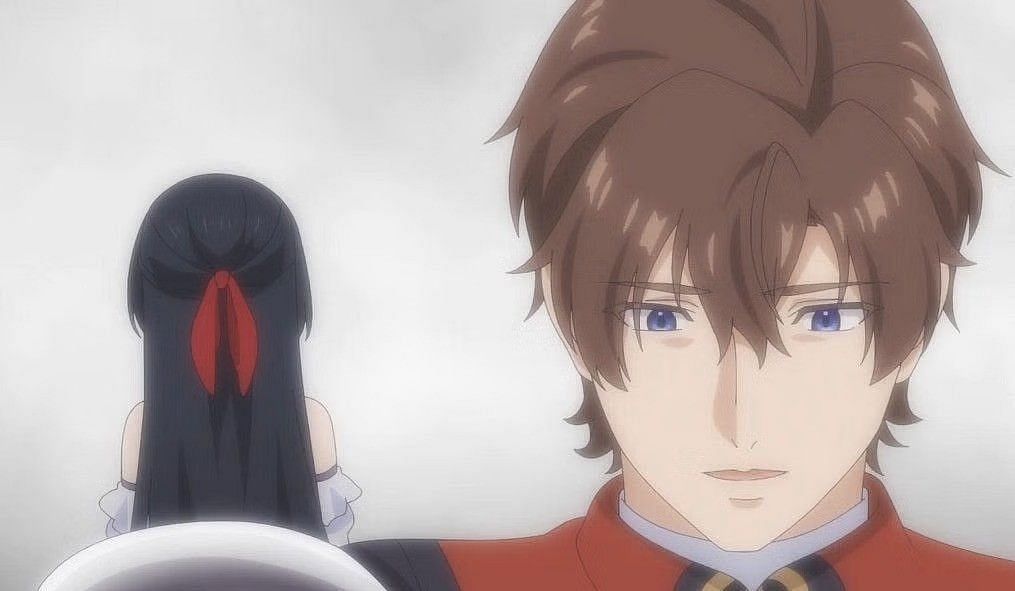
Regarding the production and making of this second season of Unnamed Memory, Mr. Miuza had this to say regarding his favorite moment of the project,
“Oscar and Tinasha are always at the heart of the story, so it’s difficult to choose just one moment… but if I had to, I’d say the ending of Episode #15, where Oscar realizes that Tinasha’s “savior from the past” is likely another version of himself. Due to time constraints, we had to omit a lot of explanation in the anime, but I was relieved to see that viewers still understood Oscar’s emotions. I truly appreciate the audience for paying such close attention. Episode #20 stands out as well—the film quality is outstanding, thanks to the incredible efforts of the staff and animation director. It’s truly remarkable..”
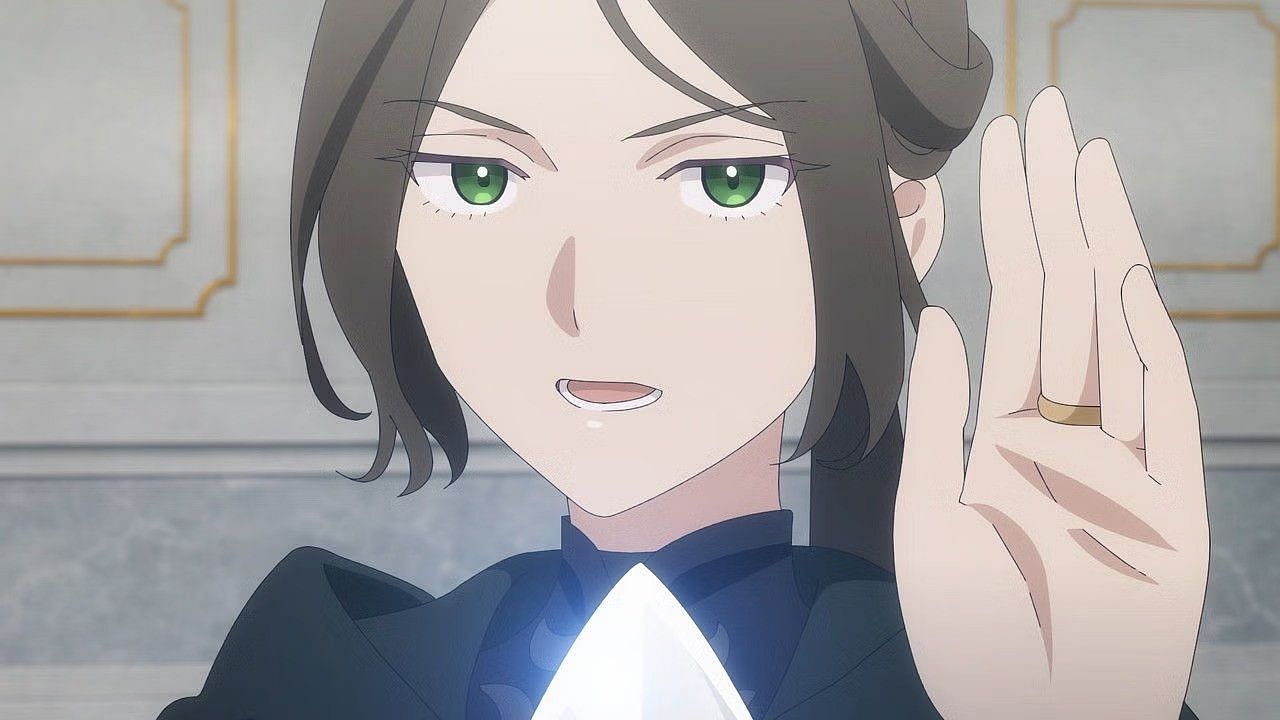
The anime director also highlights the character of Lavinia as a personal favorite of his in Unnamed Memory,
"I also really like Lavinia in Episode #19. Especially the moment when she bursts into laughter at Oscar’s bold attitude—the tone of her voice in that scene is just perfect. Another scene I have a soft spot for is in Episode #13, where Nark, caught between conflicting orders from both Tinasha and Oscar, hesitates and ultimately betrays Tinasha. Given the limited runtime, we were already compressing the original story quite a bit, yet we still dedicated time to this moment—so to all the fans, my apologies!"
Another interesting aspect was the characterization of Prince Oscar, whose personality goes through some changes because of the new timeline in the second Unnamed Memory season. This is something that the director noticed and highlighted when asked about different anecdotes regarding the creative process.
"I can’t reveal too much due to spoilers, but there’s a scene in the final episode where a particular song plays, and many of the staff told me they were deeply moved by it. That was a huge relief for me. Please look forward to it."
"Here’s a fun behind-the-scenes story—three of the scriptwriters were women, and each of them had a slightly different interpretation of Oscar. In our script meetings, including myself and other participants, we’d often hear comments like, 'My Oscar would react this way to this line' or 'No, my Oscar would say this instead.' We all ended up creating our own personal versions of Oscar."
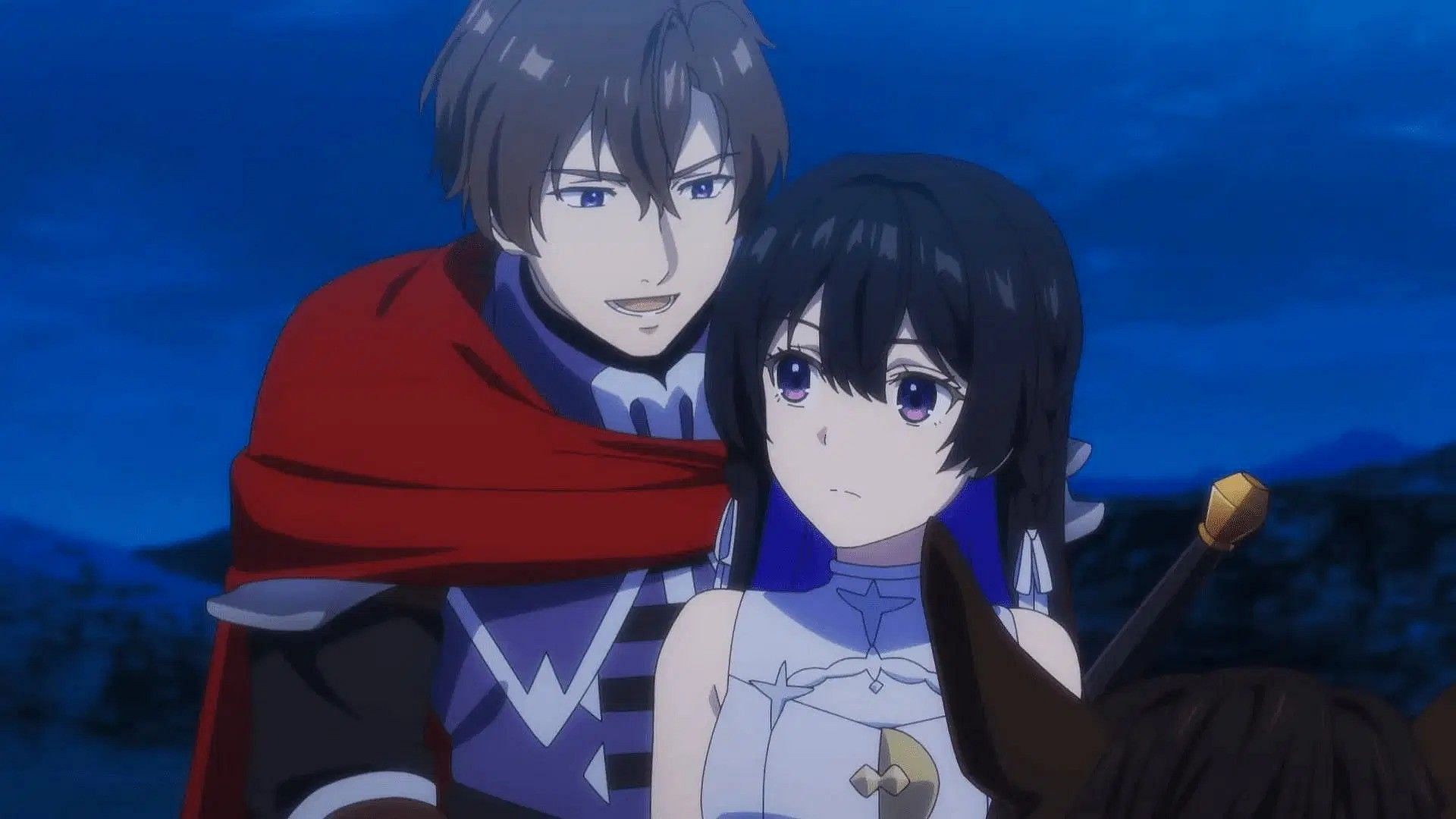
Furthermore, Mr. Miura also had some kind words regarding Oscar's seiyuu in Unnamed Memory, Toshiyuki Morikawa, and his extensive career in the world of dubbing.
"As for the voice actor for Oscar’s father, Kevin, Toshiyuki Morikawa has done Japanese dubbing for actors like Ewan McGregor and Tom Cruise. So, during the recording sessions, I couldn’t help but think, “Wow, it’s Obi-Wan Kenobi, Ethan Hunt, and Maverick all in one!”"
Upon the topic of shipping, he shared an interesting insight from the Unnamed Memory author,
"And on the topic of characters—at some point during production, Furumiya-sensei told me that Nephelli could never be with Oscar. Ever since hearing that, I’ve just been hoping for her happiness."
Final thoughts
The second season of Unnamed Memory, which is currently on Crunchyroll, has recently concluded, and director Kazuya Miura was kind enough to share some insights regarding how this project came to be. Furthermore, it is also a testament to his decades-long career in the medium and how that has shaped him as an artist in the world of anime.
Also read:
From new technology to Sui Ishida's art - “Tokyo Ghoul EX.” is set to revive the fandom
Demon Slayer Live in Concert hopes to bring "a renewed sense of awe" to the Western audience
“Anime is a state of being” – Sony YAY! Marketing Head on the future of anime in India beyond Naruto (Exclusive)